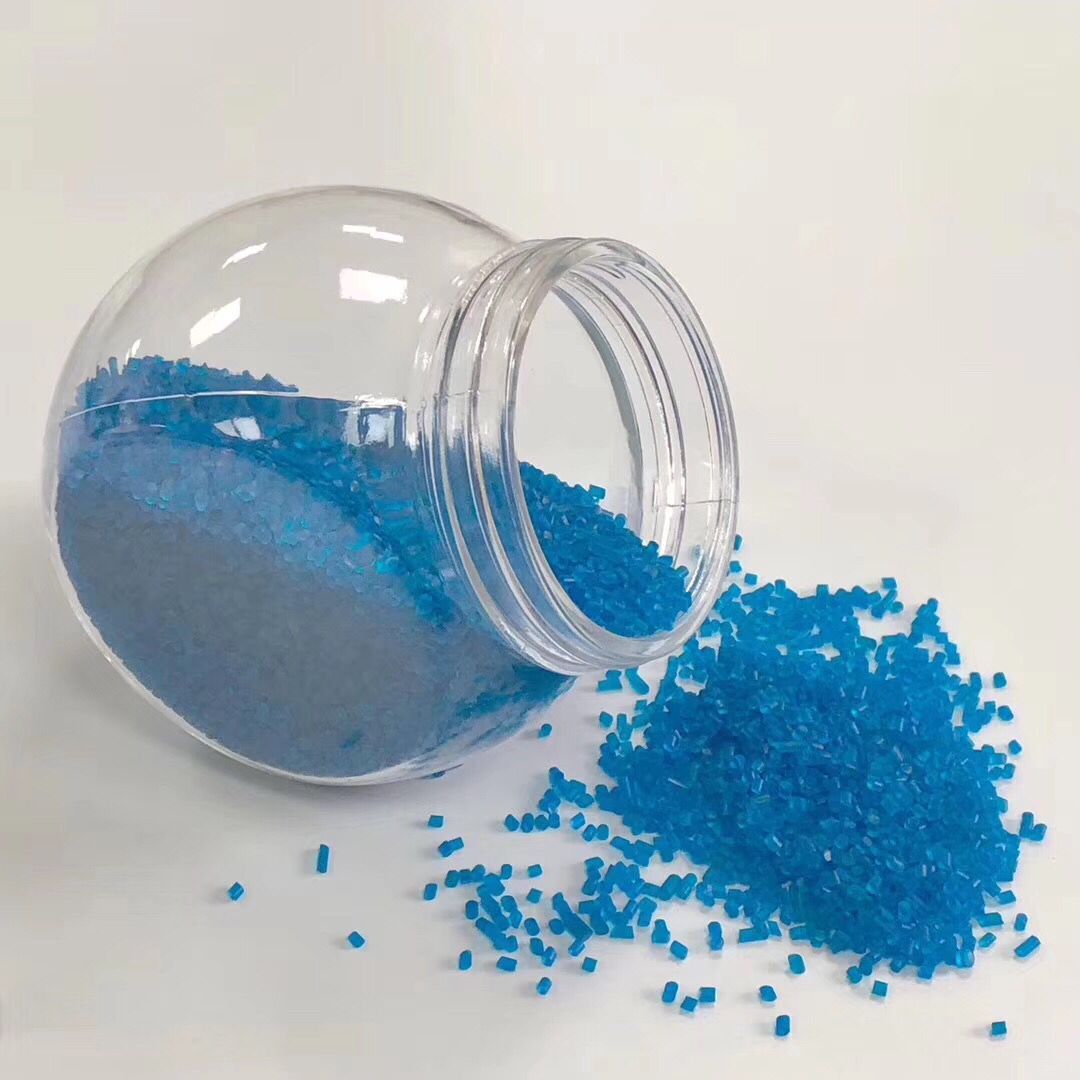Extrusion grade TPE puller material TPE puller tube material
Contact 138 2720 9711
Product details
Extrusion molding is a molding processing method with many changes, high productivity, strong adaptability, wide application and the largest proportion in the field of polymer material processing. Extrusion molding process is suitable for all polymer materials. Plastic extrusion molding, also known as extrusion molding or extrusion molding, can form almost all thermoplastics and can also be used for thermosetting plastics, but it is limited to a few thermosetting plastics such as phenolic aldehyde, and there are few types of extrudable thermosetting plastic products. Plastic extruded products include pipes, plates, holding materials, sheets, films, monofilaments, cable wrapping layers, various special-shaped materials and composites of plastic and other materials. Next, TPE extrusion wholesalers will tell us about the problems that should be paid attention to in extrusion molding: 1.TPE material shall be dried before extrusion Generally, the material is dried at 80℃/2h or tray dried at 100℃/1h. Please note that the thickness of the material layer should not exceed 5cm. When the surface of the extruded profile is not smooth, foaming and easy to crack, it can be determined that the raw material contains too much water. 2. Try to use low temperature extrusion On the premise of ensuring plasticizing quality, try to reduce extrusion temperature. When the surface of the extrudate is uniform in color and luster, the surface of the extrudate coming out of the die mouth also carries light, which can confirm that the plasticizing effect is good. If the surface of the extrudate coming out of the die is very bright, the extrusion temperature can be appropriately reduced. 3. Upper parabolic temperature setting. The temperature in the middle section of the screw is the highest, the feeding section is slightly lower, and the die head is slightly lower. It is specially reminded that the die temperature setting is also related to the die length (the distance from the top of the screw rod to the die outlet). If the distance is long, the die temperature setting is slightly lower than the intermediate temperature, e.g. 10~20℃. If the distance is short, the die temperature setting can be 30~50℃ lower than the intermediate temperature. Typical temperatures are set at 150~170℃ (feeding), 170~180℃ (middle), 190~200℃ (front) and 180℃ (nozzle). This temperature setting is only used as reference data. The specific temperature can be adjusted according to the specific physical properties of different TPE and TPR materials (it is recommended to consult with the raw material supplier). If the extrusion is unstable and the extrusion melt strength is not high, it can be adjusted according to Article 2. 4. Be sure to clean the die head before refueling. Even if the raw materials of the same brand are not well dried, the die head must be cleaned after re-drying and extrusion. If the extrudate is found to be unsmooth, unstable and easy to break after refueling, the die must be disassembled and cleaned. 5. Extrusion speed from slow to fast If the extrusion speed is adjusted too fast, it is easy to cause extrusion instability. Try to adjust the extrusion speed once at intervals of 3-5 minutes until the preset speed is reached. Five key points about TPE material extrusion molding process are shared here. In addition, the melt strength may be related to TPE material itself as well as extrusion temperature setting. Regarding the setting of extrusion temperature, the molecular weight of SEBS and SBS in the blending system is an important influencing factor. In addition, SEBS-based materials need higher extrusion temperature than SBS-based materials.




